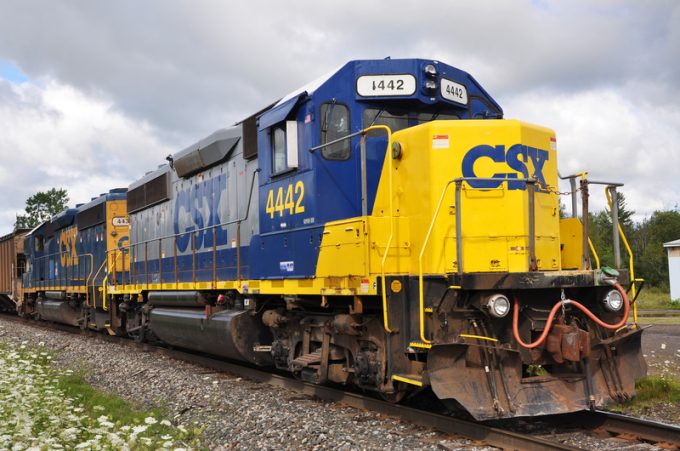US east coast carriers and rail operators introduce pre-strike restrictions
With just a week before an increasingly probable US east and Gulf coast port strike, ...

US freight rail operator CSX recently reported a trading update that may have pleased some shareholders, but also pointed to a very challenging outlook and highlighted a few risks surrounding its capital allocation strategy into 2017.
A 13% drop in fourth-quarter revenue came on the back of declining fuel surcharge recoveries and lower volumes, which jointly pushed down its top line by $400m, to $2.7bn from $3.1bn a year earlier.
That fall was mitigated by cost efficiency measures – as a result, ...
Trump tariffs see hundreds of cancelled container bookings a day from Asia
'To ship or not to ship', the question for US importers amid tariff uncertainty
'Chaos after chaos' coming from de minimis changes and more tariffs
Forto 'sharpens commercial priorities' as it lays off one-third of staff
List of blanked transpac sailings grows as trade war heats up and demand cools
EC approves DSV takeover of DB Schenker
Overcapacity looms for ocean trades – with more blanked sailings inevitable
'Disastrous' DSV-Schenker merger would 'disrupt European haulage market'
Amazon Air’s metamorphosis: 'a different air cargo unit from two years ago'
Shippers in Asia restart ocean shipment bookings – but not from China
India withdraws access for Bangladesh transhipments, in 'very harmful' decision
'Tariff hell' leaves industries in limbo – 'not a great environment to plan'


Comment on this article